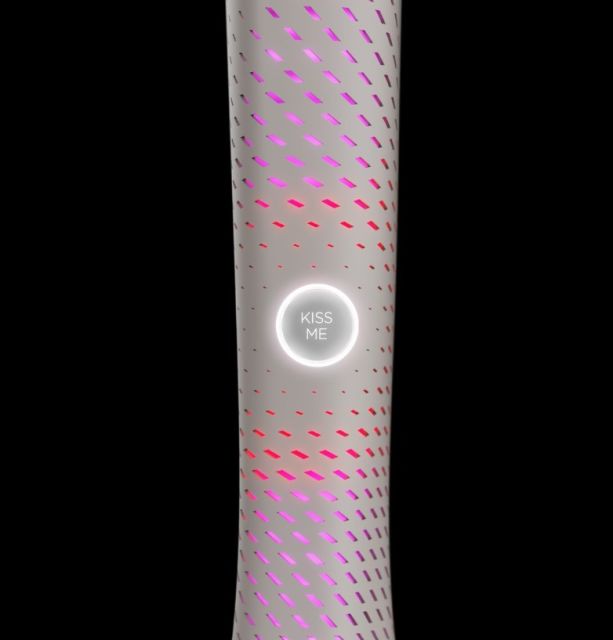Revolutionary Kiss-Activated Trophies at Japanese Grand Prix Illuminate Winner’s Flag
The Japanese Grand Prix introduces a unique kiss-activated trophy, which will illuminate with the winner’s flag upon contact. This innovative feature, alongside LED lights and an aluminium design, marks a new era in Formula 1 trophy presentations.
Key Takeaways:
- The Japanese Grand Prix trophies now boast a groundbreaking kiss-activated feature, designed to showcase the winner’s national flag in a dynamic display of LED lights upon kissing the trophy. This high-tech element adds a personal touch to the victory celebration.
- The trophy, a collaboration between Lenovo and Pininfarina, sports an aluminium build, emphasizing sustainability with its recycled material. The design resonates with Formula 1’s heritage while incorporating modern technology, reflecting both innovation and tradition.
- While this feature is exclusive to the winner’s trophy at both the Japanese and United States Grand Prix, the runner-up trophies will also have their distinct characteristics, featuring light cores that represent the host country’s flag colors, powered by rechargeable batteries.

The Japanese Grand Prix is set to introduce one of the most distinctive trophies in Formula 1 history, equipped with a kiss-activated feature that highlights the national flag of the race winner. This novel concept is not only a celebration of the winner’s achievement but also a technological marvel in trophy design.
Developed through a collaboration between Lenovo, the title sponsor of the Japanese Grand Prix, and Pininfarina, known for their work on the world’s first pure-electric hyper GT car, the trophy embodies a blend of innovative technology and elegant design. The integration of LED lights allows the winner’s flag to light up from the point of contact, creating a wave-like effect that celebrates the victor’s nationality in a visually stunning manner.
The trophy’s design, predominantly aluminium, echoes the commitment to sustainability with its fully recycled material. This choice reflects a broader trend in Formula 1 towards environmental consciousness and aligns with the sport’s evolving ethos. The use of aluminium, while not as prominent as carbon fibre in F1 cars, holds significance in various car components, further tying the trophy’s design to the essence of the sport.
Pininfarina of America Design Manager IDX Francisco Barboza Grasa revealed the intricate design process: “It was kind of a back and forth [process] between [Lenovo, Formula 1, and Pininfarina]. There was always the challenge of respecting as much as we could the brand of Formula 1 itself, the heritage of Formula 1. That’s why the shape of the trophies are like the Coca-Cola shape of the cars. We also tried to stay very honest in the materials used. The main shell is built with aluminium which is fully recycled. It is a material we think reflects nicely with Formula 1, it is not carbon fibre, but aluminium is used in other places on the car.”
While the kiss-activated feature will be a special highlight for the winning trophies at both the Japanese and United States Grands Prix, the runner-up trophies are not left without their charm. These trophies will feature light cores that illuminate with the flag colors of the host country – red for Japan and blue for the United States. These, too, are powered by rechargeable batteries, emphasizing the move towards more sustainable practices in the sport.
The excitement surrounding these new trophies adds an extra layer of anticipation to the races, as fans and drivers alike wonder: Will the kiss-activated trophy highlight the Dutch flag at the next race? Only time will tell, but the introduction of these trophies certainly adds a fascinating new dimension to Formula 1’s rich history.


